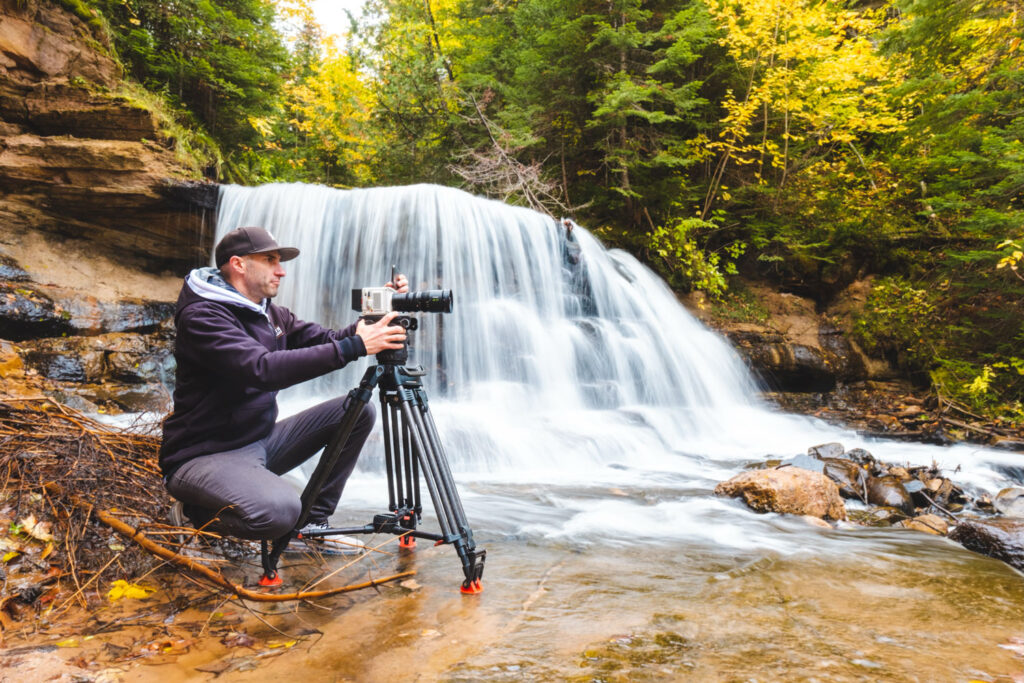
National Emmy Award-winning filmmaker Stephen McGee tells us why the FUJINON MK Series cinema zoom lenses and RED Komodo camera make such a powerful pairing
Running his own production studio, commercial and documentary filmmaker Stephen McGee can go from concept right through to production. He has overseen projects in countless locations around the world for some of the biggest brands out there.
Despite the size of the brands or productions, Stephen tells us that, at the heart of it, he is a creator who likes to be nimble – a creator who needs the freedom to find the story.
“99% of my shots are found moments. That comes from my seasoned photojournalism background, where I learned that capturing real moments takes care, patience, and being invited into the scene,”,” says Stephen, remembering his time working for publications such as The New York Times.
“If you’re sent out on assignment, it could just say: ‘Barack Obama, Woodward Avenue in Detroit’. So, you have to go there, and you have to find that image. You have to seek out the people that are looking at him, cover ten different angles, and come back with a photoshoot that they could run on the front cover,” he continues.
Stephen’s reactive style requires equipment to match. Not only does it need to be high quality and fast enough to keep up, but it also needs to be small enough to manage with ease.
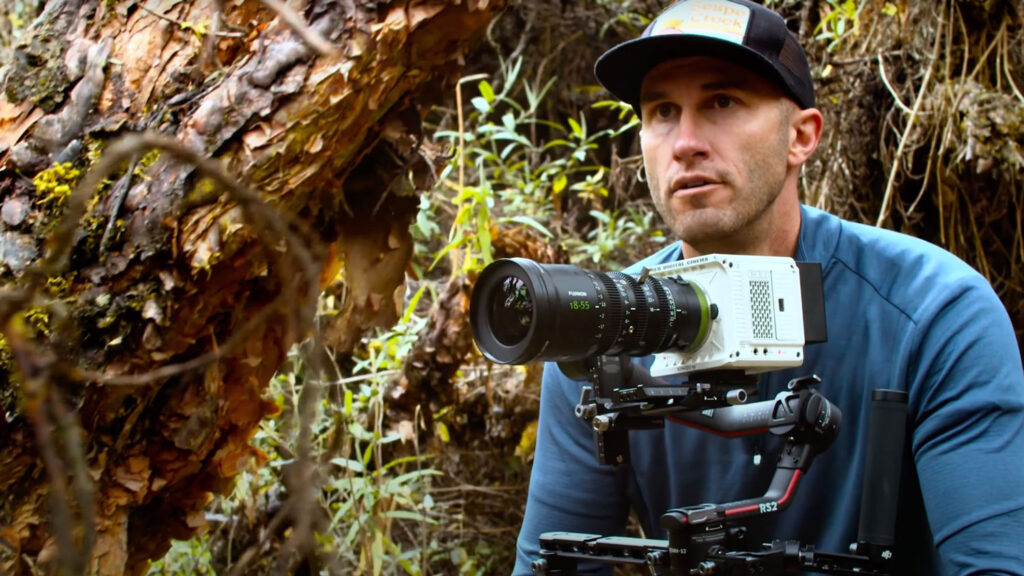
Cinema Quality in a Small Package
This requirement for portable, unobtrusive power is where the FUJINON MK18-55mmT2.9, MK50-135mmT2.9, and RED Komodo combination really came into its own.
“Anything that allows you to stay low-key is a goal for me,” says Stephen. “I got the MK Series lenses in the RF mount [MK-R] and I think the total package is under 5lbs. You can throw that into any type of gear bag and it’s unassuming when you pull it out.”
“Fujinon is already a trusted name across so many of the larger camera systems. It’s how we watch massive sporting events around the world, like soccer games or the baseball highlights. To have that kind of power in a relatively small lens is incredible.”
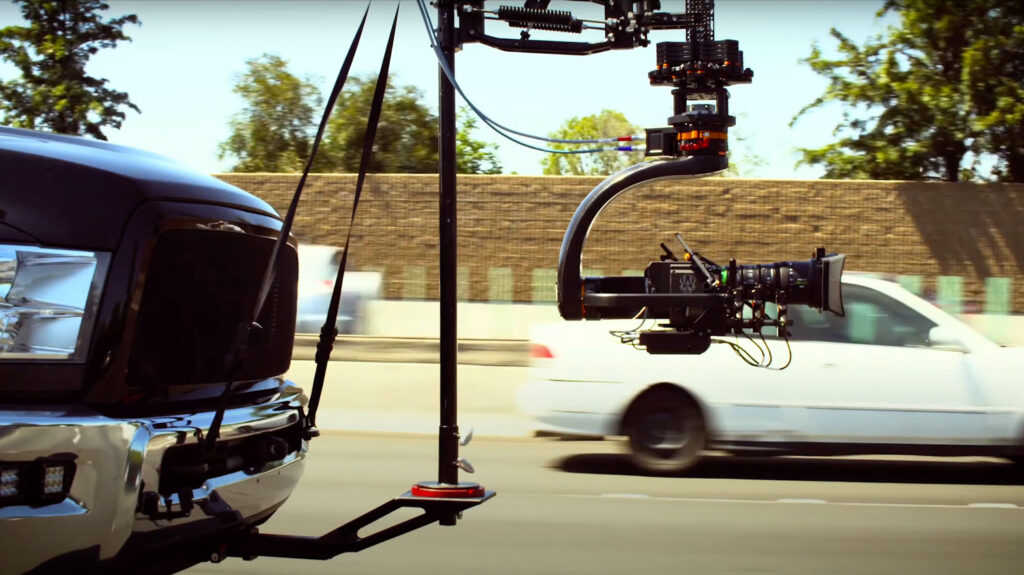
Stephen talks specifically about the visible difference dedicated cinema optics can bring to a project.
“A lot of films are made using photo lenses, which were designed and built for making photographs in a fraction of a second. When you start using lenses like the MK Series, they bring a certain cinema quality. From the lens flares and bokeh to how the focus pulls in and out – it all adds up to a really unique style,” he enthuses.
“When using either of the MK Series lenses and the RED Komodo together, even if it’s on a DJI Ronin RS 2, your full camera setup could fit in a laptop case”
“When using either of the MK Series lenses and the RED Komodo together, even if it’s on a DJI Ronin RS 2, your full camera setup could fit in a laptop case, which is incredible. I see some crew photos where they are taking what looks like 20 different cases full of kit into the wildest places. With this setup, I can just jump on a plane and be there tomorrow without any of that hassle.”
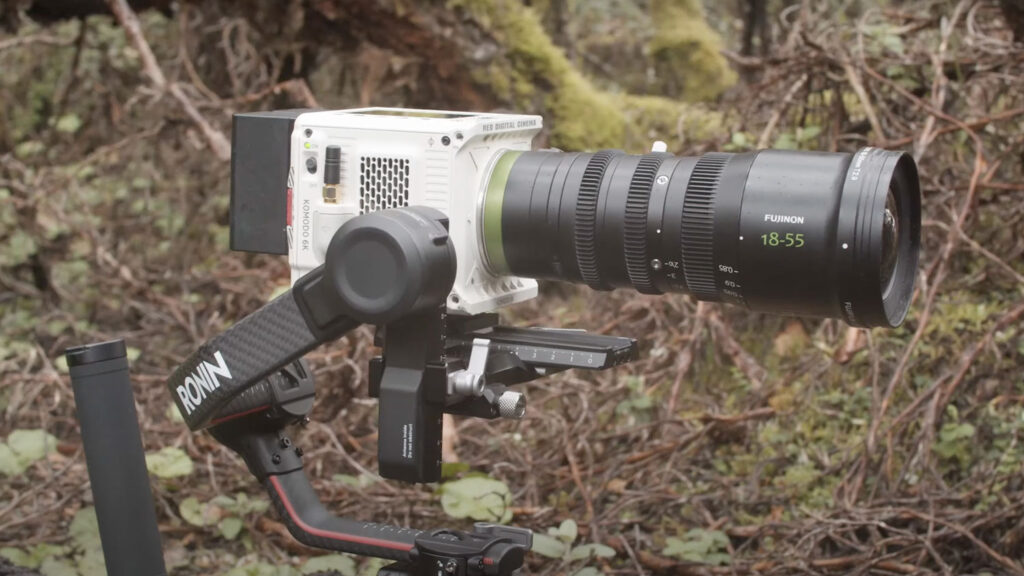
A Hollywood Setup That’s Still Accessible
With both MK Series cinema zooms in his kit bag, Stephen can benefit from a total focal range of 18-135mm. This much versatility, at an accessible price point, with no sacrifice in quality, is one of his favorite things about the MK Series and RED Komodo setup.
“Being able to have multiple shots from the same location without switching lenses is a huge deal to me,” says Stephen. “Avatar: The Way of Water’s live action was made mostly with MK Series lenses, so if James Cameron can go through an entire shoot with these two cinema zooms, that speaks volumes.”
“Furthermore, the fact that MK Series lenses are affordable to a large variety of people who are making the films they care about means a lot to me.
Until the release of the Komodo, RED was out of most people’s price range, but these two systems are becoming the perfect combo. People are able to put together a $10-12K package and do films that might have cost ten-times that just a few years before.”
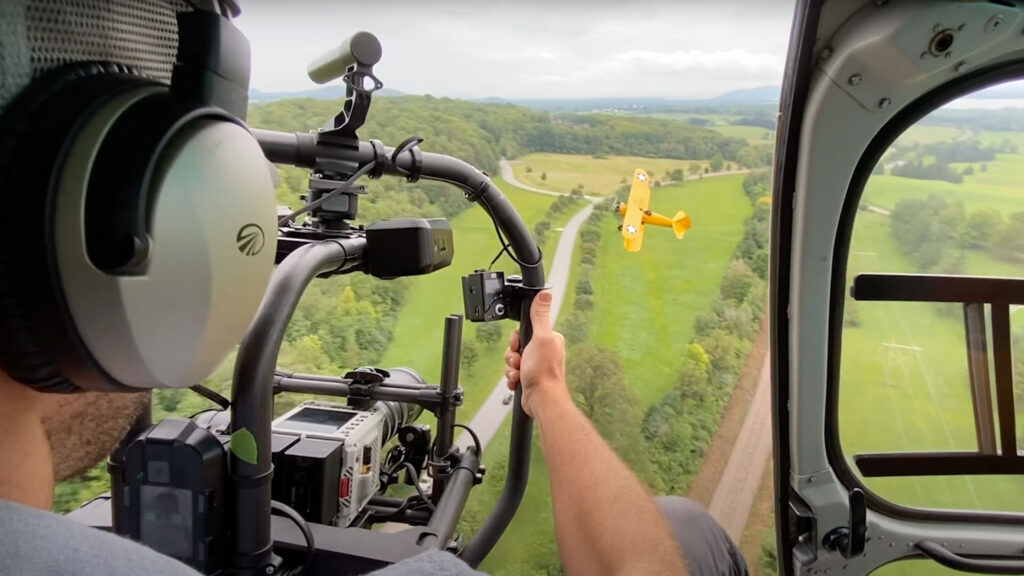
Stephen also believes that the Komodo’s compatibility with a broader variety of mounts has played an important part in the success of the camera and lens paring.
“Before the Komodo, RED was only working with PL mounts, which require a really deep base in order to achieve the right focal distance for the lens – but the RF mount brings the lens closer to the sensor.
“The fact you don’t put heavy lenses on RF mounts created a unique opportunity for Fujifilm to build a lens that met a revolutionary camera perfectly.”
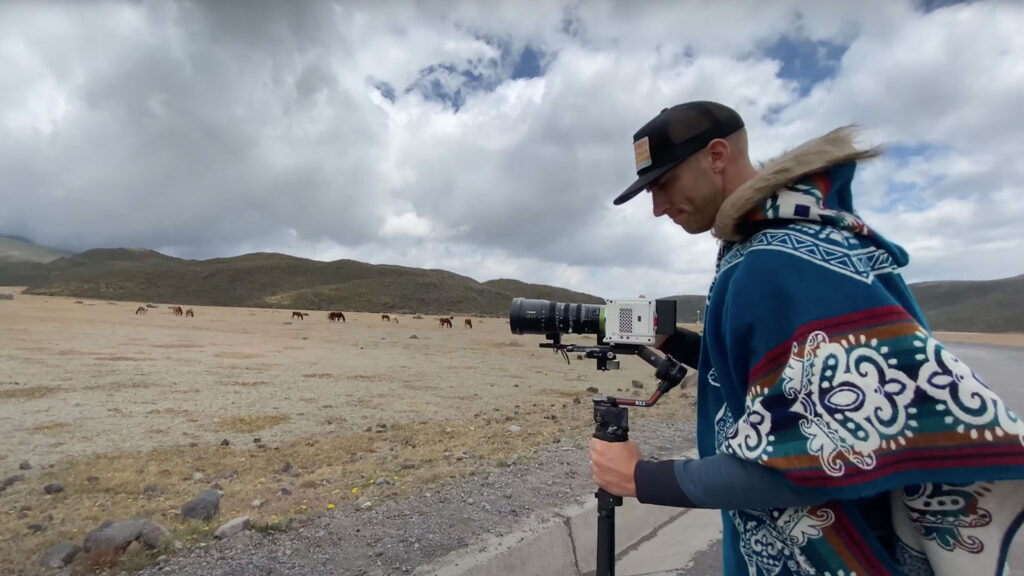
Films Worth Making the Journey For
Above all else, Stephen tells us he loves the fact that the MK lens and RED Komodo pairing does his storytelling justice.
“It can be a big effort to get to these remote places around the world – sometimes as far from home as you could ever imagine – and the people in these regions open their lives to you. Having the best cinema gear in the world does all that justice, and makes it even more worthwhile,” he explains.
“Investing in gear is a huge, huge moment,” Stephen concludes. “If you’re living shoot-to-shoot and you don’t know what gear is going to set you apart from another filmmaker, or you don’t know what gear is going to help you push yourself forward creatively, I can confidently say that the RED Komodo and the MK Series cinema zoom combination is going to give you what you need. I think that’s a huge thing.”
Learn more about FUJINON Lenses and browse the full range of broadcast and cinema optics today.
Explore more of Stephen’s work on his website, and learn more about his adventures with FUJINON MK Series and RED Komodo in the video below.
FEATURED PRODUCT
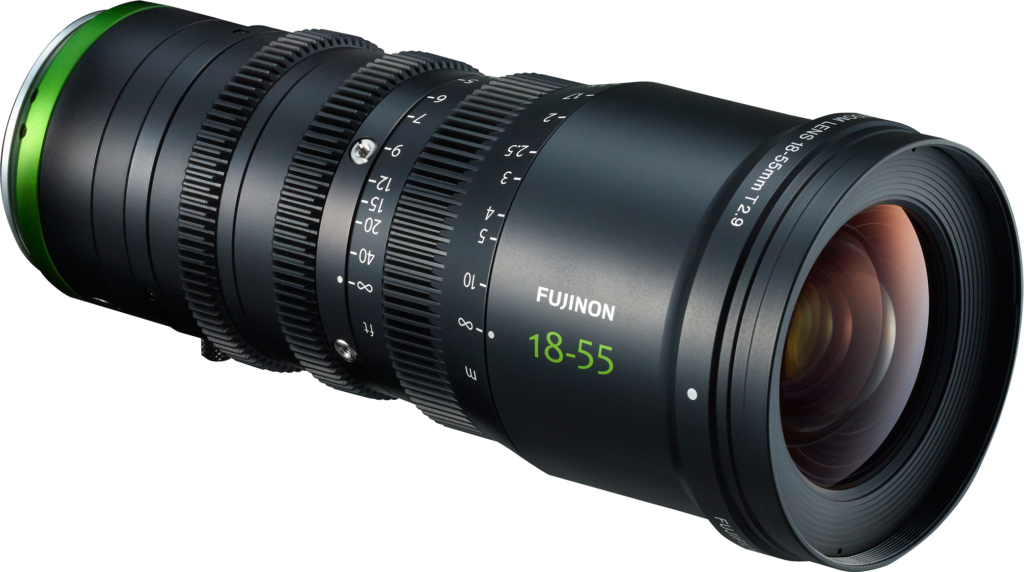
MK18-55mm
MK cinema zoom lenses provide incredible optical performance, minimal distortion, and a constant T2.9 T-Number across its entire zoom range.

